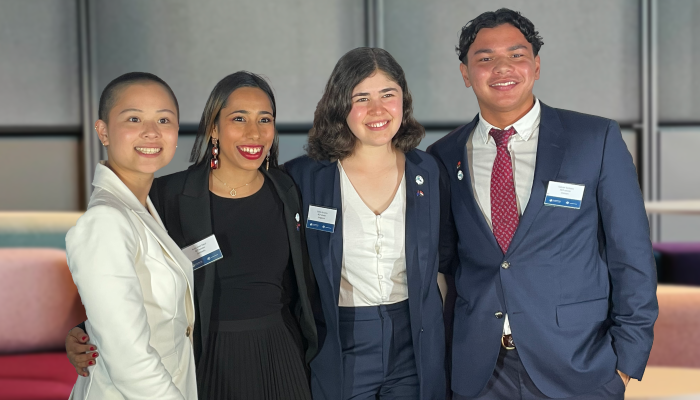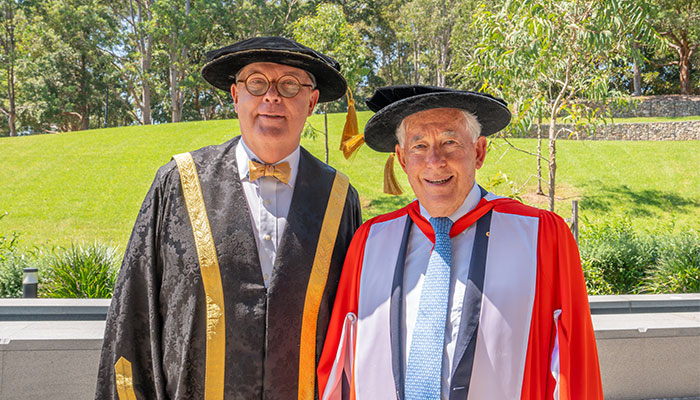- Macquarie University and University of Vienna collaboration leads to scientific first
- New technique to differentiate molecules in a less damaging way
- Potential to improve scientific tools and drive efficiencies in drug development
In a scientific first, a team of researchers from Macquarie University and the University of Vienna have developed a new technique to measure molecular properties – forming the basis for improvements in scientific instruments like telescopes, and with the potential to speed up the development of pharmaceuticals.
The study, titled Quantum Optical Rotatory Disperson and published in interdisciplinary journal Science Advances today, developed a new technique to allow chemists to learn about the position of atoms in a molecule – called quantum optical rotatory dispersion.
This quantum method measures the chilarity of molecules, which is essentially how asymmetric the molecules are and is used across fields like biology, biomechemistry and physics, and has a practical application in pharmaceuticals among other sectors.
The team found that quantum methods can allow for a more precise analysis of properties of molecules – meaning molecules can be examined even with a low concentration of the molecule or with less light. This new technique enables a more gentle analysis of samples that, for example, may be damaged by light.
“We’ve found a way to analyse delicate samples by using less light,” said lead author Nora Tischler, who carried out the research as part of her PhD, which she completed at Macquarie University between 2012 and 2016.
“We hope to see this proof of concept built upon to eventually see efficiencies in the pharmaceutical sector, to help develop new medicines more productively.”
Macquarie’s Associate Professor Gabriel Molina-Terriza from the Department of Physics and Astronomy co-authored the study, alongside postdoctoral fellow Xavier Vidal and researchers from the Austrian Academy of Sciences and University of Vienna. The lead author was jointly enrolled at the University of Vienna and Macquarie University as part of a cotutelle PhD program, spurring the international partnership between the two teams.
“We sought out to understand how light couples to matter – which is at the core of many common instruments. Ultimately we hope our findings can be used to find new ways to improve instruments like optical sensors and telescopes,” said Associate Professor Molina-Terriza.



